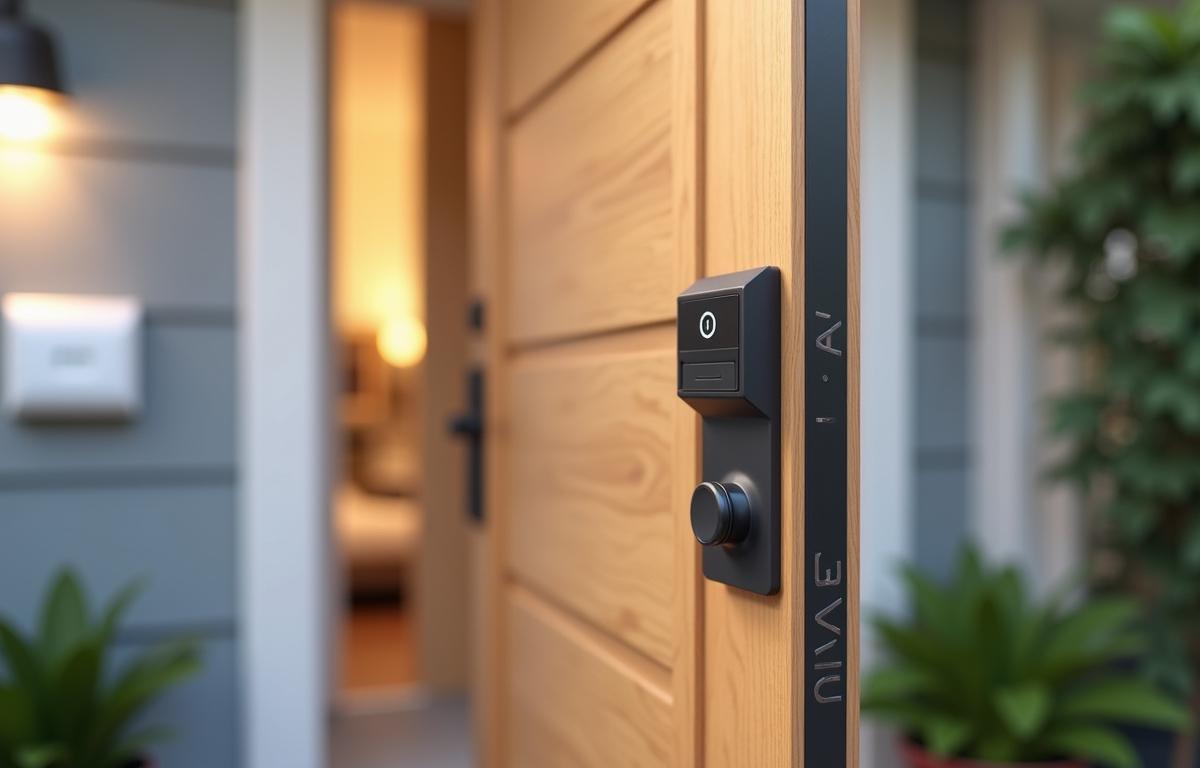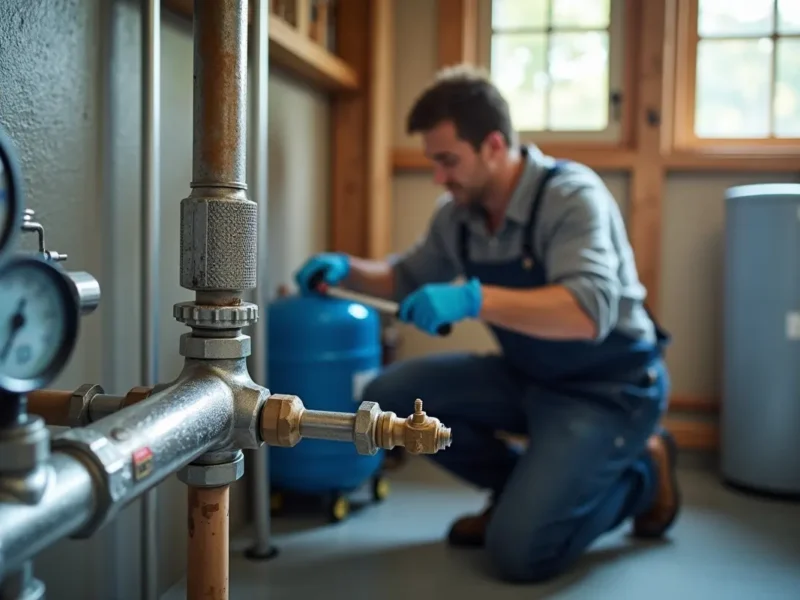To effectively monitor entry points, consider using entry sensors in your home security setup. They deliver peace of mind by immediately detecting any unauthorized attempts to enter a property. Whether you live in a sprawling suburban house or a cozy apartment, having the right devices in place can protect you and your family from unwanted surprises. These components often pair well with alarms and cameras, creating layers of protection that deter intruders. Below, we’ll explore the features, options, and key considerations that can guide you toward the most suitable choice for your residence.
Contents
Why Reliable Devices Matter for Home Safety
Selecting the right sensor style goes beyond brand names or fancy tech. Home security often depends on how efficiently each device communicates with alarms, lighting systems, and even your smartphone. Predictable performance is important because you don’t want a false sense of security. If something goes wrong, you need to be able to act swiftly and confidently.
When a door or window is opened without permission, a good sensor sends an alert you can’t ignore. Prompt notifications push you to check what’s happening, so you’re never caught off guard. In many situations, only a few seconds can make the difference between preventing a problem and becoming a victim of it. Modern options include various wireless home security solutions that integrate seamlessly with other smart devices.
Recognizing Different Sensor Types
There are several device styles, ranging from simple magnetic switches to more complex motion-activated models. Magnetic sensors tend to be budget-friendly and are often the first line of defense. When the connected pieces detach, an alert goes off. On the other hand, advanced models may involve infrared beams or door and window sensors that also keep track of temperature and movement changes. Each type comes with unique benefits suited to different property layouts.
Key Features to Look For
Identifying the right features can narrow your selection. It helps to review whether you want a simple, wired model or a more flexible wireless security device. Take into account how you plan to install each sensor and where you’d like to place them. The perfect device is the one that fits your home’s design without calling too much attention to itself.
Wired vs. Wireless
Wired sensors excel in reliability, as they don’t rely on batteries and often integrate solidly into larger systems. However, they can require professional installation. If you prefer a quick setup, wireless designs save you the trouble of drilling or wiring through tight corridors. Powered by batteries, these gadgets make it easy to outfit doors, windows, and even attic openings. Always keep in mind battery life to ensure consistent performance over time, so you don’t end up with a silent alarm that’s gone offline.
Real-Time Alerts and Notifications
Quality devices provide instant notifications to smartphones or control panels whenever there’s unauthorized access. This feature goes beyond the traditional alarm siren and gives you the ability to respond from anywhere. You can quickly confirm if a friend entered with a spare key or if there’s a real incident. Speed is vital, especially if you’re not at home and need someone else to check on the situation.
Smart Home Integration
Many people prefer connecting sensors to a broader smart home network. This can link to automated door locks, lighting systems, or voice assistants. When everything works in tandem, your house can respond automatically lights can switch on, and cameras can start recording the moment a sensor is triggered. Seamless integration keeps you in control of all devices under one platform, reducing the need to juggle multiple apps or control stations.
Placing Devices for Maximum Effectiveness
Finding the right spots is as important as selecting the right sensor. Doors are obvious entry points, but windows shouldn’t be overlooked. In many break-ins, thieves pick secluded windows or rarely used back doors. Placing sensors on less noticeable entrances helps you catch intrusions quickly.
Doors and Windows
Front doors usually get the first sensor because they’re the main entrance. However, sliding glass doors or garage doors are also common break-in points. Add coverage there to create a strong defense. For windows, consider each ground-floor window and basement opening. Even upper floors can be at risk, especially if there’s easy access from a fire escape or a nearby tree.
Beyond Traditional Entry Points
Some people use these devices for more than security. For instance, you might attach a sensor to a liquor cabinet or a tool shed in the backyard. This approach broadens their purpose, giving you peace of mind that your children or unexpected visitors aren’t accessing places they shouldn’t. You can also monitor if pets have pushed through a particular door or gate.
Evaluating Installation and Maintenance
Thinking about ongoing maintenance can help you avoid technical headaches. Whether you choose to hire a professional or go the DIY home security route, you’ll save time and resources by planning correctly. Always check battery levels, wireless signals, and general device health every few months.
Professional Installation vs. DIY
Professionals know local building codes and the best techniques to hide wires if you’re going with a more complex system. This means you’ll have a cleaner look, and you can rely on experts to position sensors to minimize false alarms. With a DIY route, you save money and learn valuable information about how to set up and maintain your own system. It’s best to decide how comfortable you feel with handling tools and managing the placement yourself. Either option can be effective if approached with care.
Basic Upkeep
Even incredibly reliable entry sensors need a routine checkup. Batteries eventually lose power, and range issues can pop up with wireless models if you shove furniture in front of them. Always look for signs of tampering or loose connections, especially in older houses. Make it part of your monthly routine to open your app or control panel to verify everything is running as it should. That small effort can usually prevent bigger problems.
Balancing Price and Performance
Everyone wants the very best protection, yet budgets vary. Thankfully, many mid-range sensors function at high efficiency. Knowing which features to prioritize can help you strike the right balance. If you rarely travel, you might not need advanced models that offer cellular backup or geofencing. On the other hand, if you often leave your home unoccupied on weekends, investing in premium sensors might alleviate future worries.
Affordable Yet Functional
Basic wireless models with simple magnetic triggers perform consistently if installed correctly. Written reviews and recommendations from friends can also point you toward reliable brands that won’t break your budget. Keep in mind that saving money upfront by opting for ultra-cheap products may end up costing more if they fail at a critical moment, so be mindful of quality as well.
When Premium Is Worth It
Advanced door and window sensors often include tamper detection and encrypted signals, reducing the chances that experienced intruders can bypass them. Some manufacturer warranties extend coverage for several years. If you own a large property or store valuable goods, the extra cost might be worth the peace of mind. This investment also pairs well with smart home integration, providing real-time monitoring and automation.
Practical Tips to Maximize Sensor Efficiency
While choosing the best model is crucial, it’s equally important to optimize their performance day to day. Even high-grade devices need proper calibration to avoid false alarms and keep energy consumption in check.
Positioning and Calibration
Try mounting sensors a little higher on doors if you have children or pets. This approach can reduce unwanted trips while still providing accurate readings. Calibrate them so that each activation is deliberate. Small adjustments in alignment can mean fewer false alarms when you open a door or window gently.
Periodic Testing
Make it a habit to test sensors at least once every couple of months. Open and close a door or window to see if your phone or control panel registers the activity. Doing this ensures you’re not caught off guard by a malfunction. Many devices also have a test button, which can confirm the battery, signal range, and alarm protocols remain in good shape.
Final Thoughts on Securing Your Home
The right blend of technology and placement can keep intruders at bay. Prioritizing devices that align with your lifestyle ensures minimal hassle while keeping your house protected. A well-chosen set of entry sensors can quietly give you confidence every time you turn out the lights or head off on vacation. By considering location, budget, and integration with other systems, you’ll build a setup that evolves along with your home, delivering reliable security for years to come.



